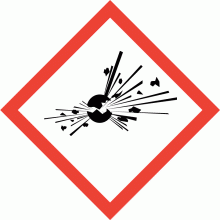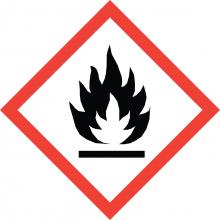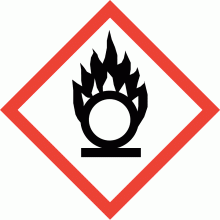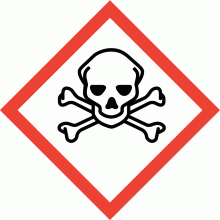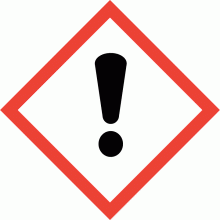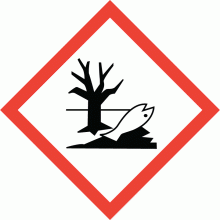The United Nations created GHS to be a single, global method to:
-
classify chemicals
-
communicate chemical hazards through labels and safety data sheets (SDS).
GHS pictograms for hazards
The GHS has 9 pictograms that represent the physical, health and environmental hazards of chemicals.
You can download them and Dangerous Goods class Labels from the United Nations Economic Commission for Europe.
|
GHS01—Exploding bomb |
GHS02—Flame |
GHS03—Flame over circle |
|
GHS04—Gas cylinder |
GHS05—Corrosion |
GHS06—Skull and crossbones |
|
GHS07—Exclamation mark |
GHS08—Health Hazard |
GHS09—Environment |
GHS signal words
GHS signal words on chemical labels are:
-
Danger – for chemicals with more severe or significant hazards
-
Warning – for chemicals with less severe hazards.
GHS hazard statements
GHS classes and categories have certain statements to describe a hazard’s nature. For example, ‘Toxic if swallowed’ is a hazard statement for Acute Toxicity (Ingestion) Category 3.
The Classification and labelling for workplace hazardous chemicals poster has information about hazard statements and their classes.
GHS precautionary statements
Precautionary statements explain how to use and store chemicals safely. They have information about:
-
how to prevent emergencies
-
how to respond to emergencies
-
how to store the chemical
-
how to dispose of the chemical.

